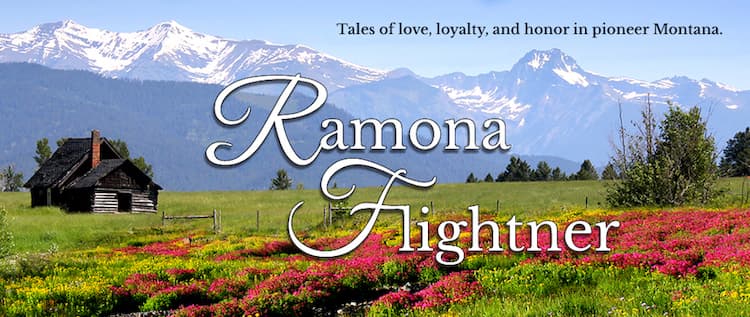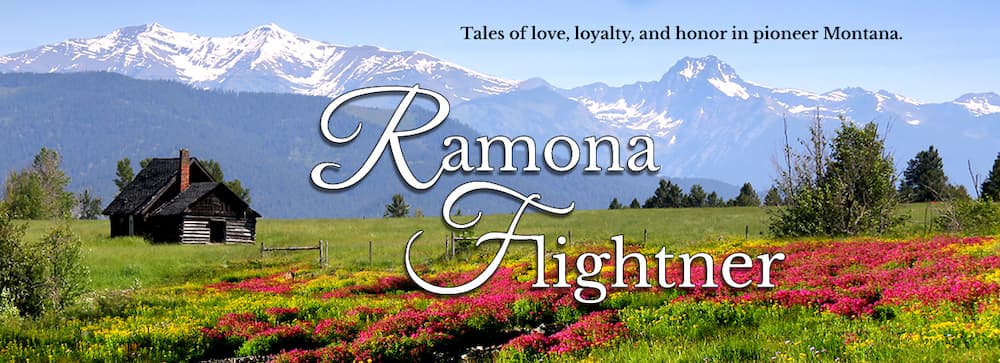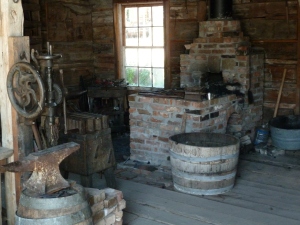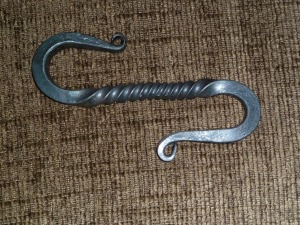By Ramona Flightner/ @ramonaflightner
A year ago, I couldn’t have imagined that I would take a blacksmithing class. I should have had a bit more foresight as my main character’s family are blacksmiths and there is only so much I could learn from a book. And I tried to learn from a book. I bought the book, The Art of Blacksmithing, studied it, tried to imagine how each piece worked, and gleaned a very rudimentary working of a smithy. I imagined moving from a forge to an anvil, what it would be like to work with tongs, or how it would feel to strike iron with a hammer. However, book reading can only take you so far.
I read how many avid blacksmiths create their own forges in their back yards to practice, yet I knew a smithy on the back deck wouldn’t meet fire code in Boston. I had begun to think that the only way I would gain a better understanding of a smithy would be to visit a place such as Sturbridge Village.
Last summer, I returned home to Montana and visited a town near Virginia City that had been restored and maintained to look like an old western town from the late 1800’s. There was a blacksmith shop there with a forge and anvil and other instruments scattered about. I took loads of pictures as I attempted to discern how a forge functioned, but the ability to describe the sensation of working in a forge remained elusive.
A photo of the blacksmithing shop in Nevada City in Montana
Fast forward to Christmas time 2011. I sat in the crowd at a Christmas show called “The Revels” and I sat skimming through the program, waiting for the show to start. Imagine my excitement as I saw an advertisement for Prospect Hill Forge (http://www.prospecthillforge.com)! I became so excited I wanted to bounce up and down like a 3 year old about to receive a birthday cake. It’s a forge where they teach many different blacksmithing classes. I decided to take “A Taste of Blacksmithing”, and if my interest were really piqued, I could take more.
Last Sunday night I ventured to Waltham on the outskirts of Boston for my blacksmithing class. There were seven students, two teachers, 4 forges, and it was so much fun! Now I know why there is the saying “strike while the iron is hot,” because if you don’t, nothing happens.
The class, which consisted of 4 women and 3 men, ended up being a little over 3.5 hours long. By the end of it, I had successfully made a hook with a curly middle out of a stick of iron. I saw tremendous irony in the fact that I was making a hook because I had just spent months agonizing on how to write and prepare the perfect “hook” for literary agents. Ah, the irony.
I shared a forge with a guy who had done a lot of welding, so he knew exactly what he was doing. I, on the other hand, needed some help.
One of the things I had to do was stop holding the hammer “like a girl” and hold it in a fist and learn how to whack away at the metal in a rhythmic manner. A few times, the instructor told me to “just hit it hard,” and it took so much more force than I thought would be necessary.
Working at the forge, even in such a limited way, was fantastic. I really enjoyed it though I am not nearly as ambidextrous as I would need to be to be successful. The second half where I had to use tongs to prevent burning my hands was hard and I would have to become much more adept if I were to continue with blacksmithing.
However, learning how a smithy would move from the forge to anvil, what it feels like to hold a hammer, what it smells like, what the iron looks like when it is hot, what it sounds like when you dump part of the iron in water- all of it- so awesome. I set out to take this class to help with research, and it has helped tremendously, but I would have enjoyed it even with no research goal in mind. I would really recommend a blacksmithing class to anyone who has the chance to take one.











